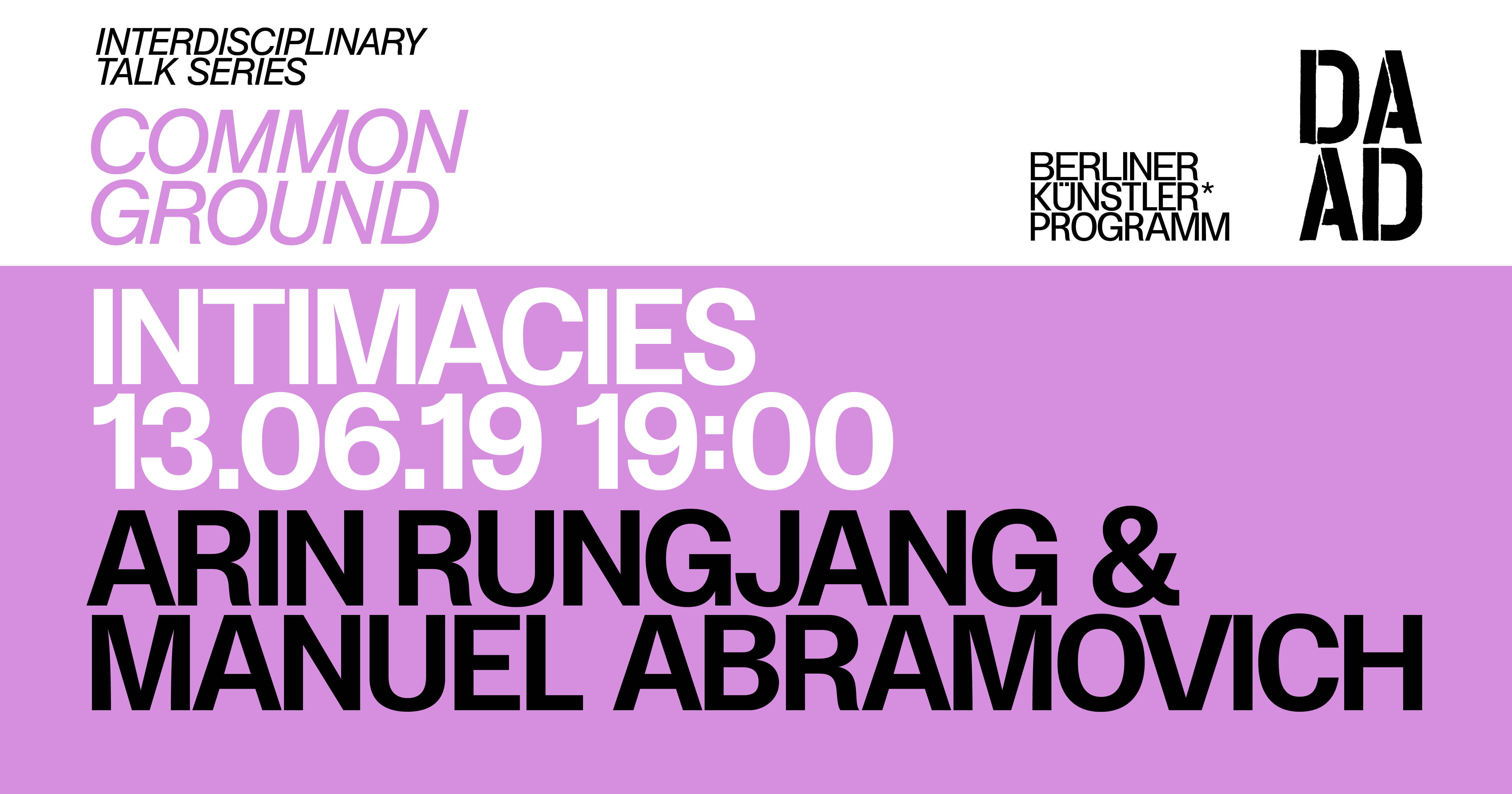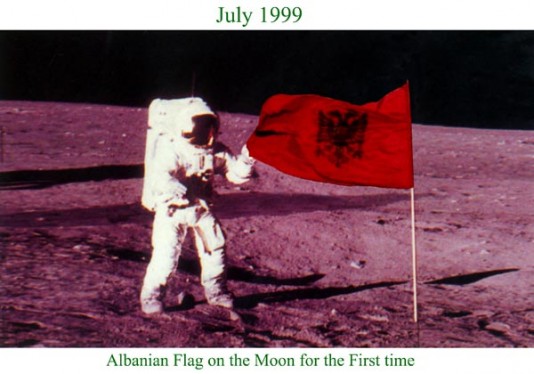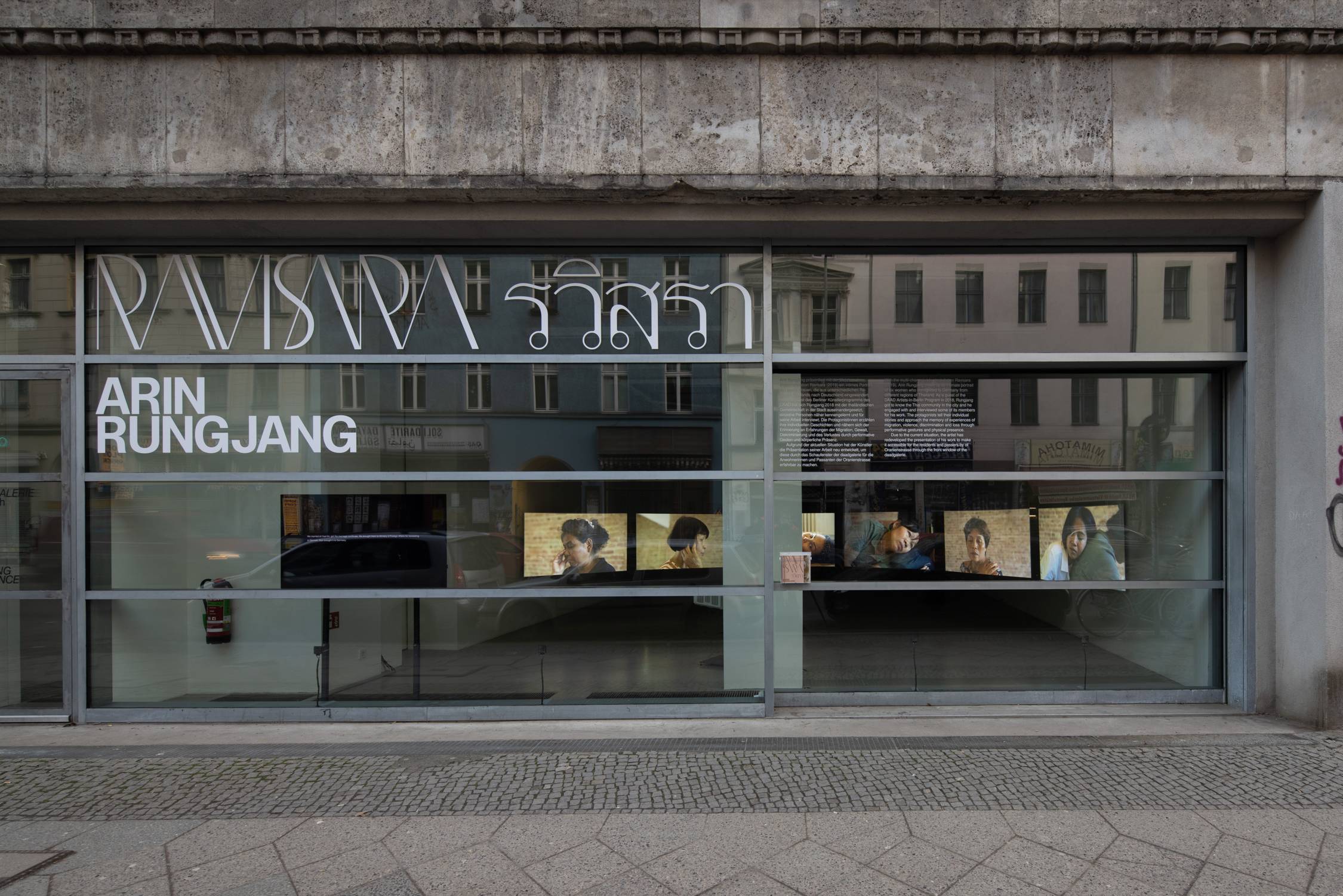Thailand, Visual Arts, 2018
Arin
Rungjang
The works of Thai artist Arin Rungjang (b. 1975) revolve around memory, society, and history—often with reference to the difficult development of a (mono-) cultural identity in post-war Thailand and its continuation through the present day. His artistic practice can be read as a poetic and complex re-exploration of historical moments, in which the main and secondary narratives are connected, superimposed, and condensed across multiple times, locations, and languages.
In his work, Rungjang dissects both historical events and everyday-life experiences, deconstructing the source material and thus developing a new reading of the standard narrative. The artist does not regard history as an undisputed fact, and it never has only one, objective approach: history and historiography are always idiosyncratic and speculative.
Rungjang’s work is characterized by its use of multimedia, with video and site-specific installations forming central aspects of his work. In reconstructing memory, a recurrent subject of his work, he integrates everyday objects into his artistic process, collects and records oral traditions, and combs through archive material. In this way, he succeeds in bringing distant historical and private events together through time and space, and to shed light on the hidden and complex interrelationships between public and private, as well as between place and memory.
The starting point for the work 246247596248914102516 … And then there were none (documenta 14) is the entry of a Thai name on the last page of the guest book at the so-called Führerbunker. The story of the Thai ambassador who lived in Berlin during the Second World War forms the common thread connecting the sculpture 246247596248914102516 with a thirty-minute, single-channel video projection and a collection of historical archive material. The figure of the ambassador sheds light on a lesser-known aspect of Thai history: Nazi Germany’s support of Thailand before the war to combat the French occupation. The monumental relief sculpture of wood and brass depicts armed soldiers and reproduces one of the reliefs from the Democracy Monument in the center of Bangkok, which commemorates the 1932 overthrow and end to absolute monarchy, but which, through its glorification of power, has also become a symbol of fascism and military tyranny. Rungjang’s work situates the monument in the context of October 14, 1973, when then prime minister Thanom Kittikachorn gave the army an order to shoot at the approximately 500,000 people demonstrating in front of the Democracy Monument. According to official figures, seventy-seven demonstrators were killed, and over 800 were injured. The video And Then There Were None follows the semi-fictional story of ten students who fled Bangkok during the turmoil of the subsequent popular uprising. Through the combining of the three elements—film, sculpture, international archive material—Arin Rungjang subjects Thailand’s relationship to dictatorship and fascism to a critical new reading and, at the same time, investigates the shifts between personal and official historical perception.
Text: Anja Lückenkemper





